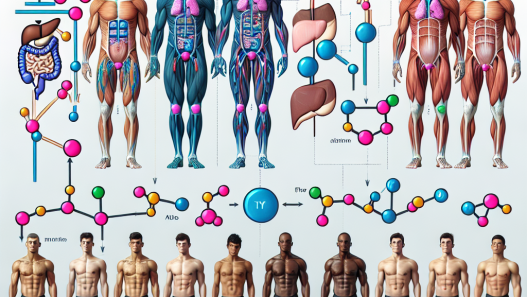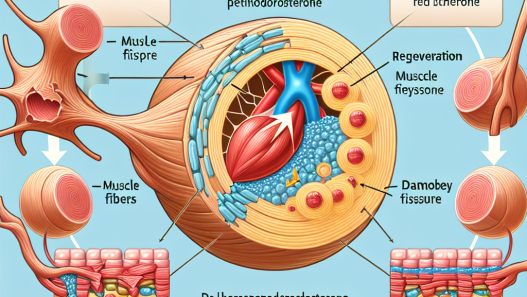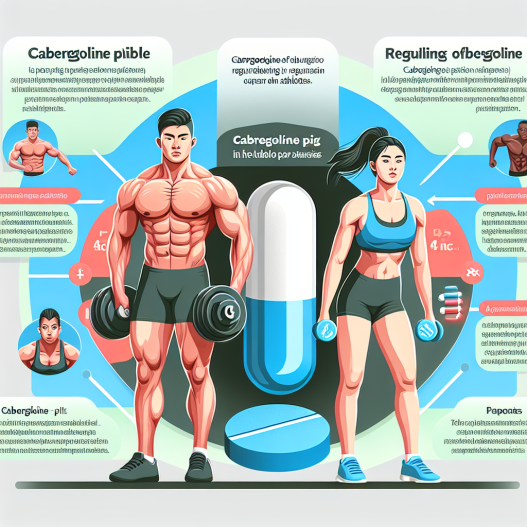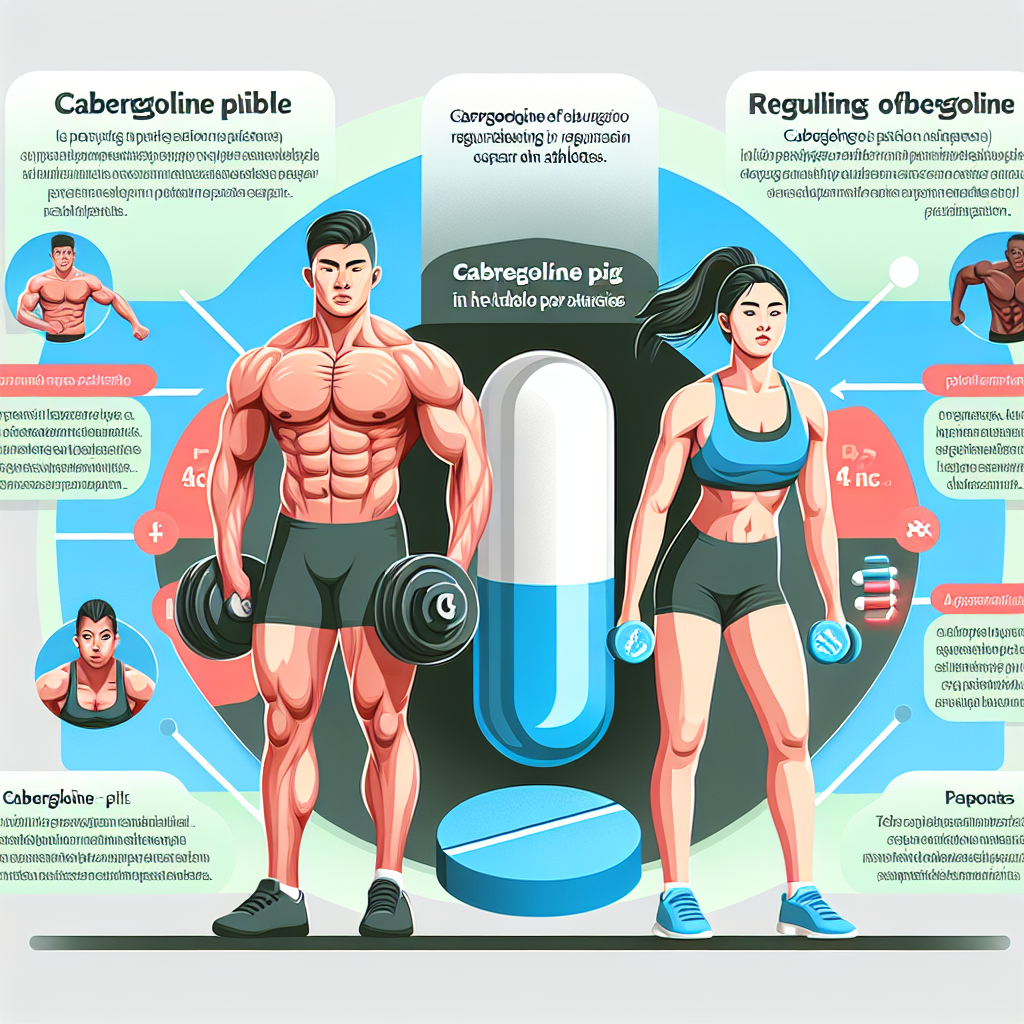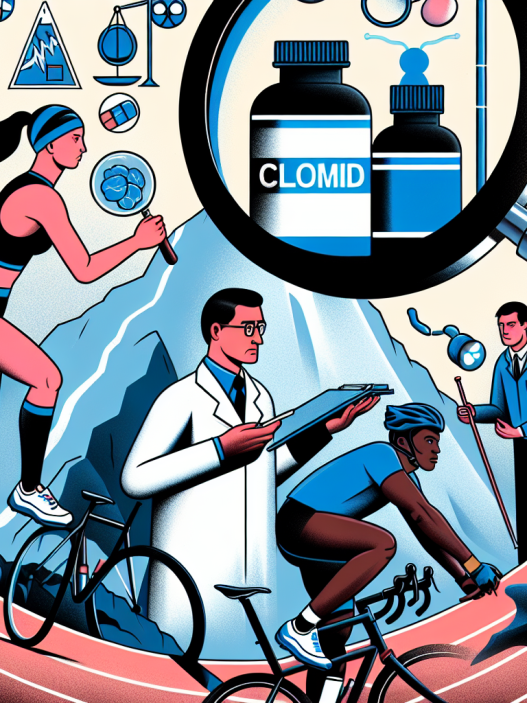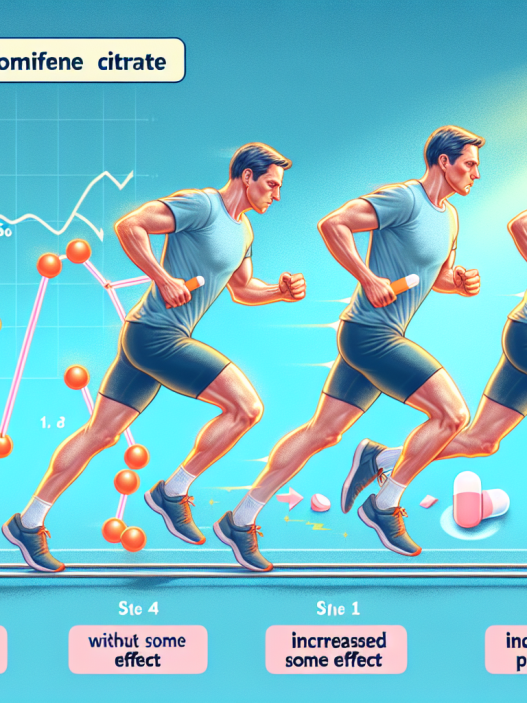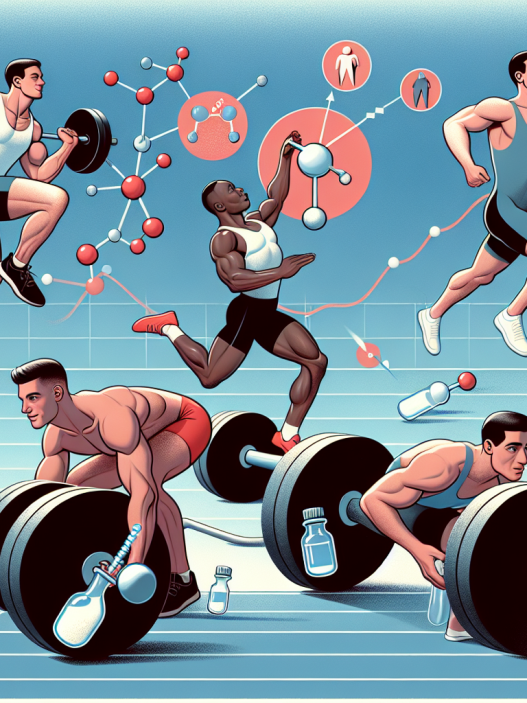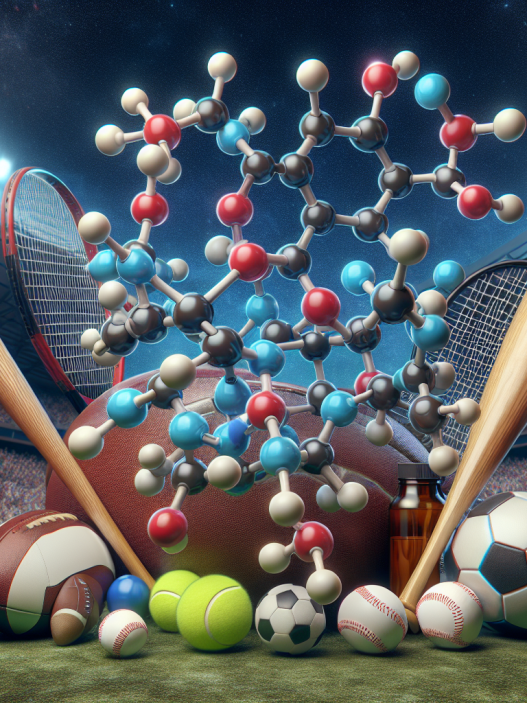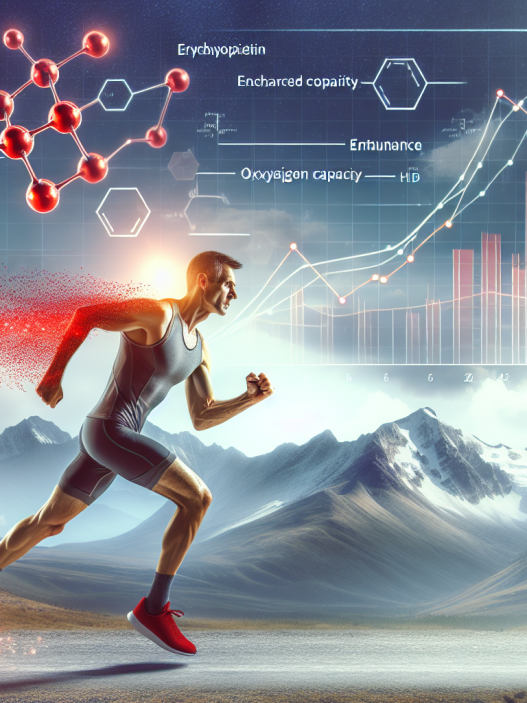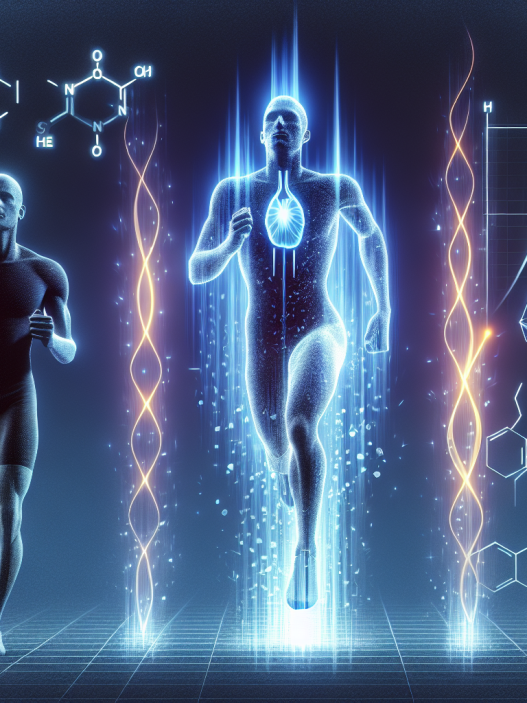-
Table of Contents
The Importance of Regulating Cabergoline Use in Athletes
In the world of sports, athletes are constantly seeking ways to enhance their performance and gain a competitive edge. This drive to excel has led to the use of various performance-enhancing substances, including cabergoline. Cabergoline is a dopamine agonist that is primarily used to treat medical conditions such as hyperprolactinemia and Parkinson’s disease. However, it has also gained popularity among athletes due to its potential to improve physical performance. While the use of cabergoline may seem appealing to athletes, it is crucial to regulate its use to ensure fair competition and protect the health of athletes.
The Pharmacokinetics and Pharmacodynamics of Cabergoline
To understand the importance of regulating cabergoline use in athletes, it is essential to first understand its pharmacokinetics and pharmacodynamics. Cabergoline is rapidly absorbed after oral administration, with peak plasma concentrations reached within 2-3 hours (Colao et al. 2008). It has a long half-life of 63-68 hours, allowing for once-weekly dosing (Colao et al. 2008). Cabergoline is primarily metabolized by the liver and excreted in the feces, with only a small percentage excreted in the urine (Colao et al. 2008).
The pharmacodynamic effects of cabergoline are due to its ability to stimulate dopamine receptors in the brain. This results in increased levels of dopamine, a neurotransmitter that plays a crucial role in motor control, motivation, and reward. In addition to its effects on dopamine, cabergoline also has an inhibitory effect on prolactin, a hormone that can affect physical performance (Colao et al. 2008). These pharmacokinetic and pharmacodynamic properties make cabergoline an attractive substance for athletes looking to improve their performance.
The Potential Dangers of Cabergoline Use in Athletes
While cabergoline may seem like a miracle drug for athletes, its use comes with potential dangers. One of the main concerns is the risk of cardiovascular side effects. Studies have shown that cabergoline can cause an increase in blood pressure and heart rate, which can lead to serious cardiovascular events such as heart attack and stroke (Colao et al. 2008). This risk is further increased in athletes who engage in intense physical activity, as their cardiovascular system is already under stress.
Another concern is the potential for cabergoline to mask the use of other performance-enhancing substances. As a dopamine agonist, cabergoline can increase the levels of growth hormone in the body, which can be used to enhance physical performance (Colao et al. 2008). This can make it difficult for anti-doping agencies to detect the use of other banned substances, leading to unfair competition.
Furthermore, the long-term effects of cabergoline use in athletes are still unknown. While it may provide short-term benefits, there is a lack of research on the potential long-term consequences of using cabergoline for performance enhancement. This is a significant concern, as athletes may unknowingly put their health at risk for short-term gains.
The Need for Regulation
Given the potential dangers of cabergoline use in athletes, it is crucial to regulate its use in sports. This can be achieved through various measures, including education, testing, and penalties for those who violate the regulations.
Education is key in preventing the use of cabergoline in sports. Athletes need to be aware of the potential dangers of using this substance and the importance of fair competition. Coaches, trainers, and medical professionals also play a crucial role in educating athletes about the risks associated with cabergoline use and promoting ethical practices in sports.
Testing is another essential aspect of regulating cabergoline use in athletes. Anti-doping agencies should include cabergoline in their list of banned substances and conduct regular testing to detect its use. This will not only help to ensure fair competition but also act as a deterrent for athletes considering using this substance.
Penalties for violating the regulations should also be enforced to discourage the use of cabergoline in sports. These penalties can include disqualification from competitions, suspension, and fines. By implementing strict consequences for violating the regulations, athletes will be less likely to take the risk of using cabergoline.
Real-World Examples
The need for regulating cabergoline use in athletes is evident in real-world examples. In 2019, Russian boxer Maxim Dadashev died after suffering a brain injury during a fight. It was later revealed that he had been using cabergoline to cut weight before the fight (Barnes 2019). This tragic incident highlights the potential dangers of using cabergoline in sports and the need for stricter regulations to prevent such incidents from happening in the future.
In another case, former professional cyclist Lance Armstrong admitted to using cabergoline as part of his doping regimen (Kimmage 2013). This not only resulted in him being stripped of his seven Tour de France titles but also damaged the integrity of the sport and the trust of fans. This serves as a reminder of the importance of regulating substances like cabergoline to protect the integrity of sports and the health of athletes.
Expert Opinion
According to Dr. Mario Thevis, a leading expert in sports pharmacology, “The use of cabergoline in sports is a serious concern, as it can have detrimental effects on the health of athletes and compromise the fairness of competition. It is crucial to regulate its use to protect the integrity of sports and the well-being of athletes.”
Conclusion
In conclusion, the use of cabergoline in sports is a growing concern that requires immediate attention. While it may offer short-term benefits, its potential dangers and ability to mask the use of other banned substances make it a threat to fair competition. By regulating its use through education, testing, and penalties, we can ensure that sports remain a level playing field and protect the health of athletes. As Dr. Thevis stated, “It is our responsibility to safeguard the integrity of sports and the well-being of athletes, and regulating cabergoline use is a crucial step in achieving this goal.”
References
Barnes, J. (2019). Russian boxer Maxim Dadashev dies after suffering brain injury in fight. The Guardian. Retrieved from https://www.theguardian.com/sport/2019/jul/23/russian-boxer-maxim-dadashev-dies-after-suffering-brain-injury-in-fight
Colao, A., Di Sarno, A., Cappabianca, P., Di Somma, C., Pivonello, R., Lombardi, G., & Annunziato, L. (2008). Drug insight: Cabergoline and bromocriptine in the treatment of hyperprolactinemia in men and



